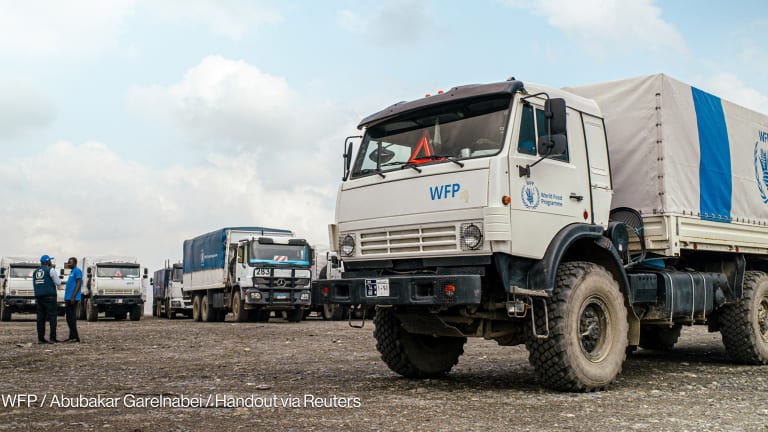The entire population of Gaza, or 2.1 million people, is facing severe and prolonged food shortages, with 1 in 5 now on the brink of starvation, as Israel blocks aid from entering the territory.
Bakeries are shuttered, garbage bins are picked clean, and families are resorting to baking with rancid, expired flour. The risk of starvation and death is no longer theoretical, experts say — it's imminent.
A report released Monday by the Integrated Food Security Phase Classification, or IPC, a global framework for measuring hunger crises, shows a sharp deterioration in Gaza’s food security since October 2024. “Immediate action is essential to prevent further deaths, starvation and acute malnutrition, and a descent into Famine,” the report warned.
Printing articles to share with others is a breach of our terms and conditions and copyright policy. Please use the sharing options on the left side of the article. Devex Pro members may share up to 10 articles per month using the Pro share tool ( ).








